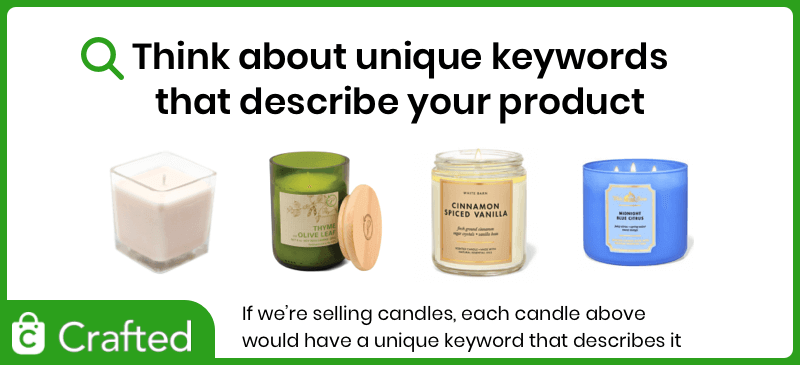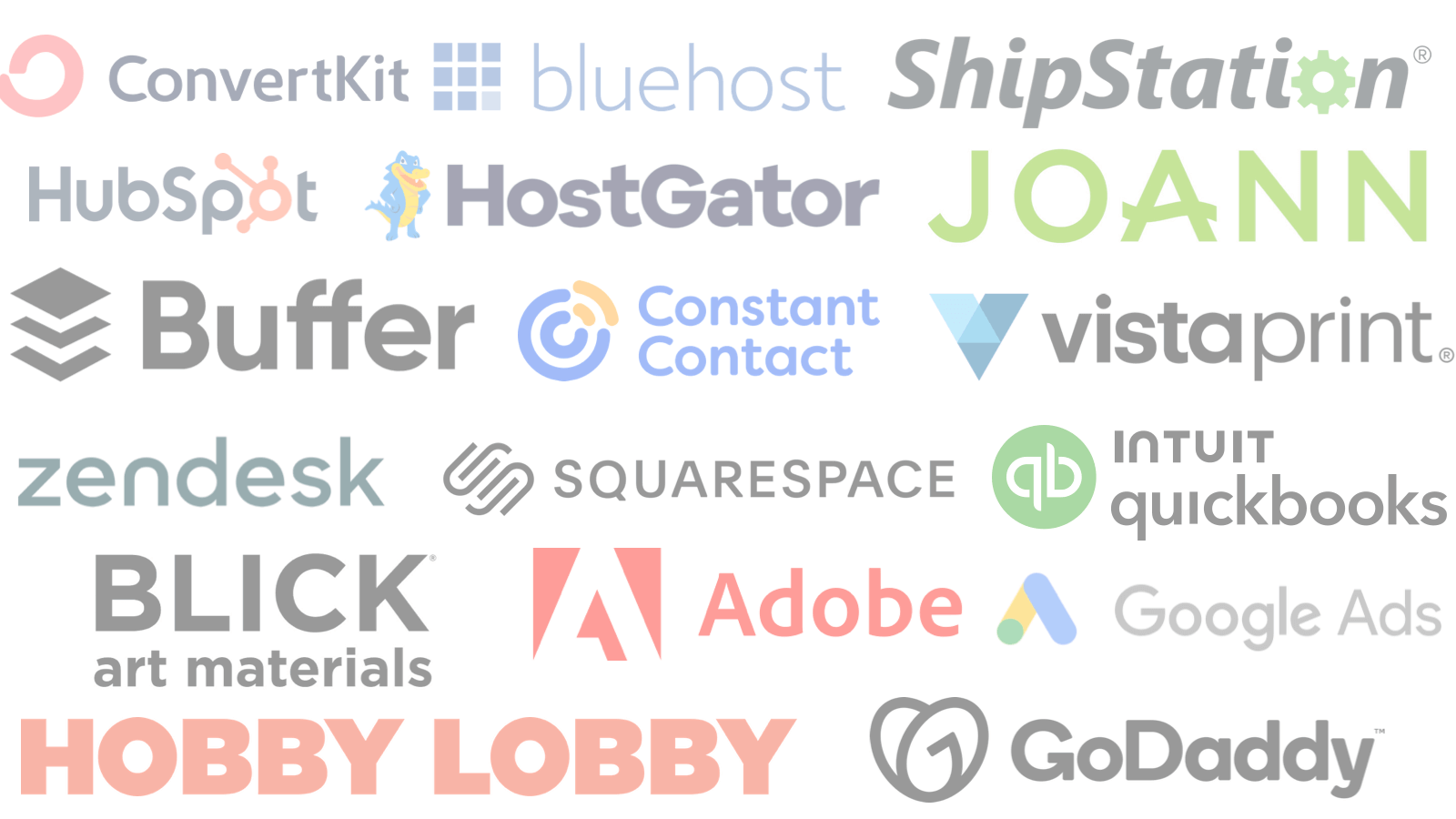As an Etsy seller, you know that keyword research is one of the most important aspects of optimizing your shop for search engines. In this guide, we’ll walk you through the steps to conduct effective keyword research for your Etsy shop.
Step 1: Brainstorm Potential Keywords
The first step to conducting keyword research is to brainstorm potential keywords that you think your customers might be searching for. Start by thinking about your products and what words or phrases you would use to describe them. Consider what makes your products unique, and think about what types of customers would be interested in them.

For example, if you sell handmade candles, some potential keywords might include “scented candles,” “soy candles,” “hand-poured candles,” and “aromatherapy candles.”
Step 2: Research Competitor Keywords
Next, you’ll want to research the keywords that your competitors are using in their Etsy shops. This can give you valuable insight into what keywords are working well for similar products and can help you identify gaps in your own keyword strategy.
To do this, search for your products on Etsy and take note of the shops that come up in the top results. Visit their shops and examine their product titles, tags, and descriptions. Take note of any keywords that seem to be working well for them and consider adding them to your own keyword list.
Step 3: Use Keyword Research Tools
There are a variety of keyword research tools available that can help you identify popular keywords and phrases related to your products. Some popular tools include:
- Google Keyword Planner: This tool allows you to enter a keyword and see how often it’s searched on Google, as well as related keywords and their search volumes.
- Google Trends: Google Trends allows you to compare the popularity of different keywords over time, helping you identify seasonal trends and other shifts in search behavior.
- EtsyRank: This tool specifically designed for Etsy sellers, allows you to research keywords and their popularity on Etsy, evaluate your competition, and more.
- SEMrush: This tool can be used for both Google and Etsy keyword research. It shows you which keywords your competitors are ranking for, provides estimated search volumes, and suggests related keywords.
- Ahrefs: This tool provides in-depth keyword research data, including keyword difficulty, search volume, and competitor analysis.
- Long Tail Pro: Long Tail Pro is a powerful keyword research tool that helps you find long-tail keywords with low competition and high search volume, ideal for targeting specific niches and audiences.

Step 4: Refine Your Keyword List
After you’ve gathered a list of potential keywords, it’s time to refine and prioritize them. Consider which keywords are most relevant to your products and which ones have the highest search volume. You’ll also want to think about the competition for each keyword and whether it’s realistic for your shop to rank for it.
It’s a good idea to focus on a few high-priority keywords rather than trying to target every possible keyword. This will help you focus your efforts and ensure that your shop is optimized for the most valuable keywords.
Step 5: Implement Your Keywords
Once you’ve identified your target keywords, it’s time to implement them in your Etsy shop. This means optimizing your product titles, tags, and descriptions to include your keywords. Be sure to use your keywords naturally and avoid “keyword stuffing,” which can actually hurt your search rankings.
In addition to optimizing your product listings, you’ll also want to make sure that your shop policies and about page include your target keywords. This will help ensure that your shop appears in relevant search results and attracts the right customers.
Conducting effective keyword research is crucial to optimize your shop for search engines and Etsy. By following the steps outlined in this guide, you can identify valuable keywords and use them to attract more customers to your shop. Remember to continually monitor and refine your keyword strategy as your shop grows and evolves.



